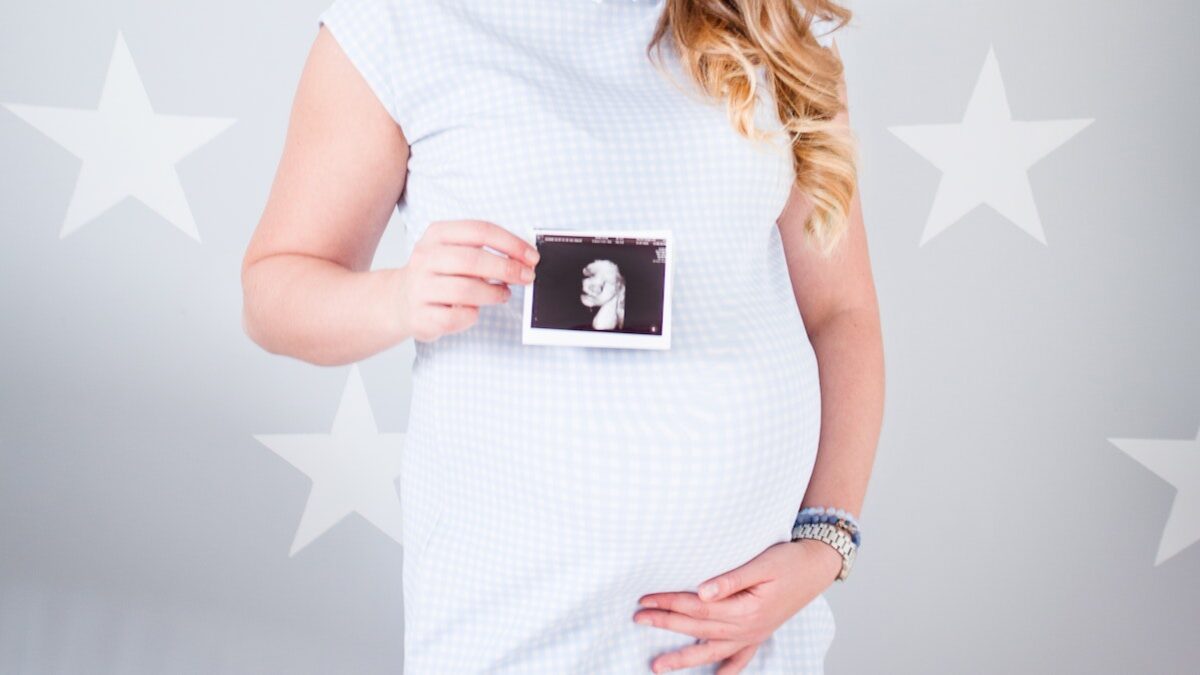While Democrats promote abortion on demand through all nine months of babies’ development in the womb, Republicans led by Sen. Lindsey Graham introduced the ‘‘Protecting Pain-Capable Unborn Children from Late-Term Abortions Act’’ that would ban abortions in the United States beyond 15 weeks of growth within a mother’s womb.
This isn’t quite the all-out ban on killing unborn life, which science agrees begins at conception, that America’s pro-life voters want, but it’s a start designed to at least get the nation on the same level as most civilized European countries and some U.S. states. It’s important for all to know the facts about babies at this stage of development to weigh the proposal.
Here are 12 facts that Congress, and all Americans, should know about babies and their development at 15 weeks of gestation.
1. These Babies Can Feel Pain
As noted in the name of Graham’s bill, most unborn babies can feel pain by 15 weeks of gestation. As a matter of fact, by just 10 weeks in the womb, most babies’ brains have developed enough to begin forming pain receptors in their skin.
By 15 weeks old, the nerves in the spine required to signal the brain, specifically the thalamus, of pain felt through those receptors have also formed. Even though the cortex is technically still growing at 15 weeks, research suggests other parts of the nervous system such as the brainstem, insula, and thalamus all play a role in unborn babies’ ability to feel pain.
2. Baby’s Heart Has Already Beat Nearly 16 Million Times
By 15 weeks, an unborn baby’s heart has already beat nearly 16 million times and is pumping approximately 26 quarts of blood daily through his body.
This heartbeat is often detected long before that, by five or six weeks of gestation. That’s why some states such as Texas have “heartbeat laws” banning the dismantling of preborn babies beyond the detection of that organ’s steady beat.
3. All Major Organs Are Formed and Functional
Speaking of organs, all major organs in the unborn baby’s body are formed and largely functional by 15 weeks in the womb. As Dr. Katrina Furth noted in the Charlotte Lozier Institute’s “On Science” series, “almost every organ and tissue forms within the first eight weeks after conception.”
“The rest of the pregnancy is spent growing these organs larger and more mature to prepare for life outside the womb,” Furth says.
4. Baby’s Skeleton Is Fully Formed
By 15 weeks, the baby’s skeleton is also present, meant to protect the body’s feeling highway, and has largely transformed from cartilage to bone.
5. Baby’s Limbs Are Formed And Moveable
In addition to having a working skeleton at 15 weeks, unborn babies also have fully formed arms, nearly formed legs (which usually finish growing around 16 weeks), and full mobility of their arms and legs.
Even before 15 weeks, babies in the womb can control their fingers, suck their thumbs, and even show a preference for a dominant right or left hand. Unborn babies typically begin to explore their new appendages by opening or closing their fingers. Eventually, they learn to reach and grasp at the womb around them.
6. Babies Respond to Touch
At 15 weeks, babies are comfortable responding to external touches with reflexive movements. Light touches and tickles to the mouth are met with the baby’s natural instinct to, as Furth noted, turn “her head towards the object as if to prepare for nursing.”
7. Baby Learns to Swallow
In preparation for the outside world, babies also learn to suckle and swallow by 15 weeks. They will keep practicing this skill throughout the pregnancy until they are safely birthed and either breast or bottle-fed.
8. Babies This Little Can Taste
Babies in the womb also react to the tastes they receive from swallowing amniotic fluid from their mother’s bodies. By approximately 15 weeks old, they have tastebuds of their own.
9. Brain Connections For Memory, Emotion Develop
By 15 weeks, an unborn baby’s brain development begins making the key brain connections that stimulate memory, decision-making, emotions, and more.
10. Practice Breathing Begins
Starting at 10 weeks old, babies begin practicing “breathing” by constricting their chests. At approximately 13 weeks old, these movements gain consistency.
11. Baby’s Ears Are Formed and Can Hear
By 15 weeks old, babies’ ears appear on the sides of their heads. With those in their rightful place, babies in the womb can also hear the sound of their mother’s voice, heart, and digestive system. Later in pregnancy, babies will react to those sounds and voices with movement signaling they can hear them.
12. Baby Practices ‘Seeing’
At nearly 15 weeks in utero, an unborn baby’s eyes, eyebrows, and eyelashes have all started to develop. Babies’ eyes will stay fused shut for a while yet, but the seeing organs are still reactive to light and capable of rolling and other sporadic movements.
Knowing these facts about gestational development, it’s not hard to see why Republicans in Congress want to follow the lead of most civilized European countries and some U.S. states, which have already restricted abortions to save breathing, moving, and developing babies from being dismembered alive.









